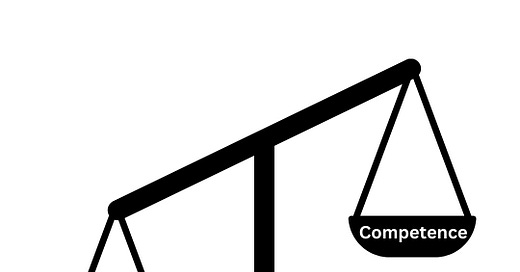If you’ve spent any time in educational leadership, you’ve probably encountered the good old boy system, even if you didn’t have a name for it. It’s that network of longstanding relationships, informal power structures, and unspoken rules that shape who gets hired, who gets promoted, and whose voice holds weight in decision-making. While camaraderie and mentorship are valuable, the good old boy system often reinforces homogeneity, blocks innovation, and stifles the very equity that public education is supposed to champion.
“The greatest enemy of change is not resistance but the comfort of familiarity.”
— John Maxwell
The Research Behind the System
The good old boy network isn’t unique to education; it’s been widely studied in leadership, corporate structures, and politics. Research shows that personal networks rather than competencies shape leadership succession in many organizations. In education, these informal networks often mean that positions are filled based on relationships rather than a transparent, merit-based process.
“Power is not what you know but who you know—unless we challenge that system.”
— Brené Brown
Like many leadership fields, educational administration is disproportionately white and male at the highest levels. Despite women comprising the majority of the teaching workforce, men—particularly white men—are far more likely to ascend to district-level leadership positions. The cycle perpetuates itself when hiring committees and decision-makers unconsciously (or consciously) favor candidates who resemble them in experience, leadership style, and background.
This is particularly problematic in urban districts with highly diverse student populations. Leadership that does not reflect its students' identities and lived experiences can lead to policies and practices that overlook critical equity concerns.
How It Shows Up in Schools
✔️ Internal promotions that favor familiarity over fresh ideas
✔️ Leadership roles filled without transparent hiring processes
✔️ "Unspoken rules" that leave some educators in the dark
✔️ Gatekeeping disguised as “fit”
“Leadership should be about lifting others up, not pulling the ladder up behind you.”
— Kamala Harris
The Impact on Schools and Students
The good old boy system isn’t just frustrating for aspiring leaders—it has real consequences for students and staff. Schools lose out on innovative leadership when hiring isn’t based on merit. When district decisions are made in echo chambers, necessary reforms stall. When leadership lacks diversity, equity gaps widen.
A study on educational leadership diversity found that schools led by principals of color tend to have higher expectations for students of color and are more likely to implement culturally responsive practices. Yet, systemic barriers prevent many qualified leaders from stepping into these roles.
Breaking the Cycle
Challenging the good old boy system requires intentionality.
✔️ Sponsorship programs that actively push women and underrepresented groups toward leadership
✔️ Competency-based hiring that prioritizes skills over social circles
✔️ Family-friendly policies to keep women in leadership
✔️ Equal pay for equal work
✔️ Increase transparency in hiring
✔️ Audit leadership representation
✔️ Encourage principals and APs to coach future leaders
✔️ Check bias in hiring decisions
Final Thoughts
The good old boy system has deep roots, but that doesn’t mean it’s unchangeable. Education is supposed to be a place where ability and effort—not insider status—determine success. For schools to truly serve all students, leadership must reflect, understand, and respond to the diverse realities of the communities they serve.
For current leaders, the challenge is clear: Are you reinforcing the status quo, or are you opening doors for the next generation of transformational school leaders?







WHAT DO YOU TEACH JAKIE??? GIRL'S PHYS ED??
The same challenge exists in higher education. The majority of tenured professors are white males, even though more women earn degrees at every level. Yet, they remain underrepresented in higher leadership roles. There are far more male university presidents than female ones, despite women outnumbering men in PhD attainment.